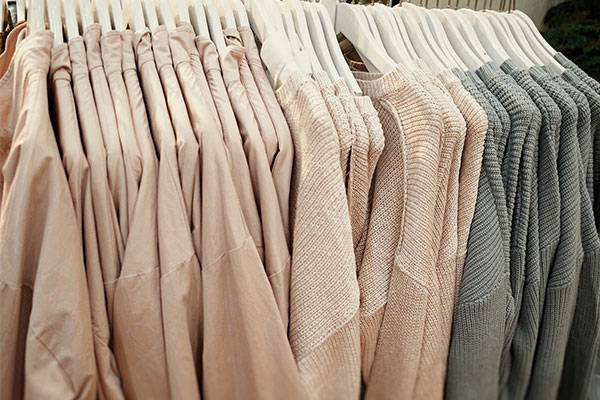Textiles are an important part of international trade, and their quality and safety standards are highly concerned by governments. For exporters who want to enter the Philippine market, understanding and complying with local textile quality inspection and labelling regulations is key to success. This article details the quality inspection requirements, labelling regulations and relevant regulatory information that textiles exported to the Philippines need to meet to help pass through the Philippine customs and ensure that products can be sold successfully.

c) The supervisory authorities
The textile and garment industry in the Philippines is regulated mainly by the Department of Trade and Industry (DTI), where the Bureau of Product Standards (BPS) is the key department responsible for developing and implementing safety standards.
Ministry of Trade and Industry (DTI)It is mainly responsible for formulating business policies and overseeing domestic and foreign trade activities to promote business development and consumer protection in the Philippines.
The Bureau of Product Standards (BPS)Specifically responsible for the development, review and updating of standards to ensure that all products sold in the Philippine market meet the prescribed quality and safety standards.
Technical regulations and standards
The main regulation is the Philippine Consumer Act (RA 7394) which specifies the quality standards and labelling requirements that textiles must comply with before they are sold in the Philippine market.
The Philippine Consumer Act (RA 7394)The law stipulates quality standards for all consumer goods, including textiles.The bill requires all textiles to be clearly labelled before entering the market, including material composition, washing and maintenance instructions, and information about origin, in order to ensure that consumer interests are protected.
b) Requirements for labelling:All textiles must be labeled in a visible place and the content of the label should include the name of the product, ingredients, laundry instructions and manufacturer information.
Qualification Assessment Procedure
Although textiles are not covered by the mandatory product certification in the Philippines, exporters still need to ensure that their products meet all the standards of the above regulations.
(a) Self declaration of conformity:For non-obligatory certification products, exporters should conduct self-assessment to ensure that all products meet the regulatory requirements of the Philippines before export.
Periodic product testing:Although there are no mandatory requirements, it is recommended that exporters regularly test their products by third parties to demonstrate their long-term compliance with relevant standards.
A warm suggestion.
Textile companies exporting to the Philippines should pay close attention to the specific requirements of the Philippine Consumer Act regarding ingredients and labels. The correct labelling not only helps consumers make informed purchasing decisions, but is also an important indication of product compliance. Exporters should periodically review their product labels to ensure their content is accurate and complete, while paying attention to any updates to relevant Philippine regulations to avoid market access problems caused by regulatory changes.


 Follow customer service WeChat
Follow customer service WeChat